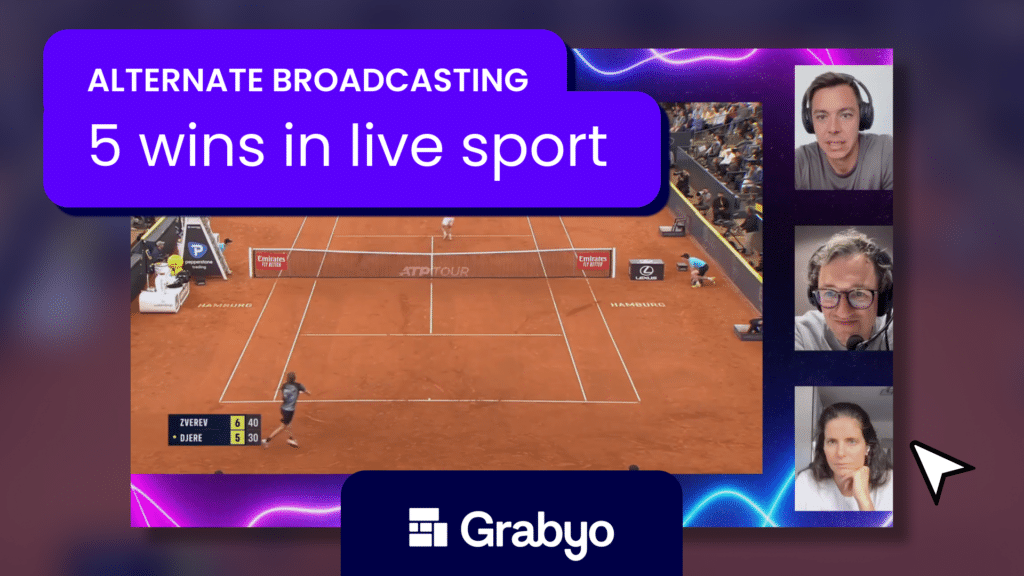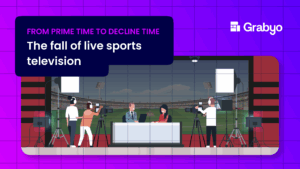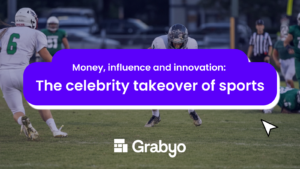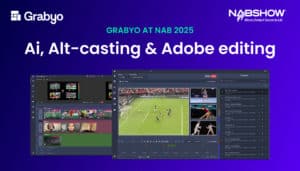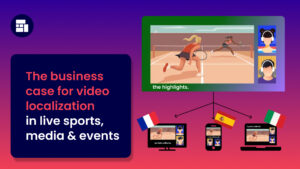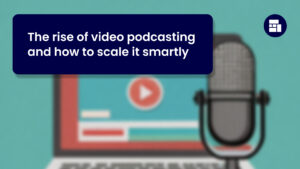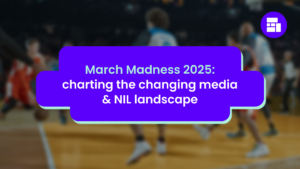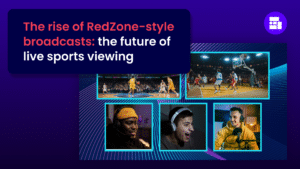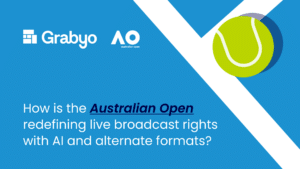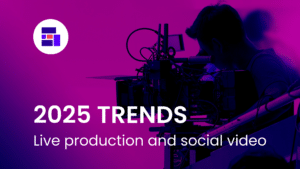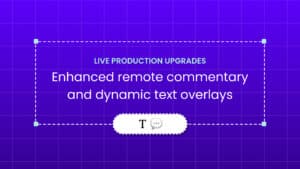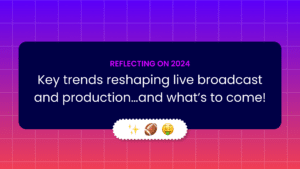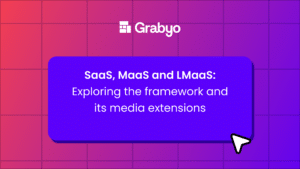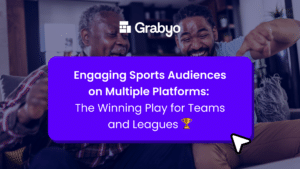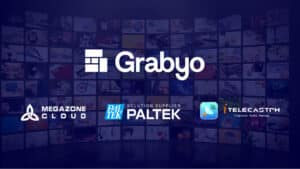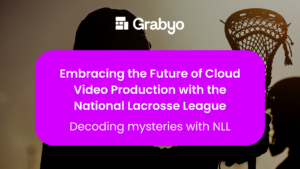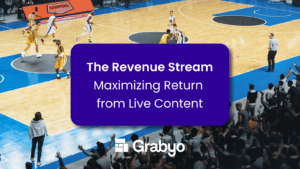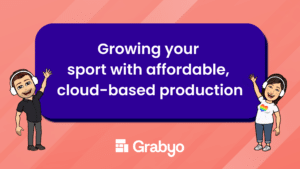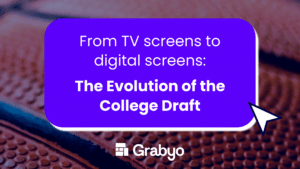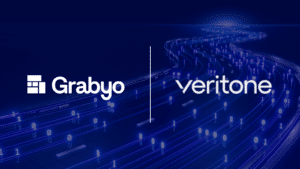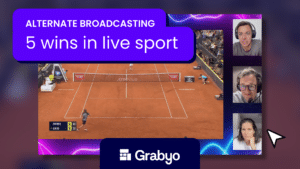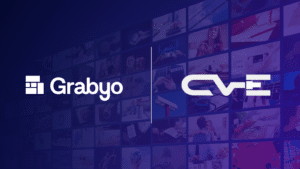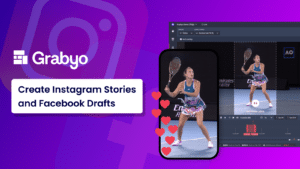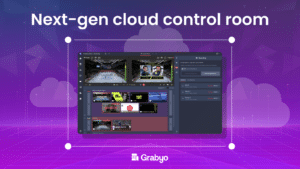
Maximizing your production with alternate broadcasting and their power in live streaming workflows
In today’s fast-paced landscape of live event production and distribution, the pressure to engage audiences and maximize ROI has never been greater. With increasing demands, tighter budgets, and rapid technological changes, producers must find innovative ways to do more with less. One emerging solution is alternate broadcasting, or “alt-casting,” which is transforming how organizations approach live streaming.
Alt-casting is reshaping sports teams, leagues, federations, and entertainment brands by extending the value of their live broadcasts. From re-streaming localized versions and hosting watch-along shows, to offering in-depth analysis or fan-driven commentary, these flexible, cost-effective alt-casts empower organizations to deepen fan connections. Crucially, by delivering fresh, engaging content that can even be monetized through SCTE-35 triggers, producers can unlock new revenue streams while maximizing the impact of their current resources.
In this blog, we’ll dive into the growing popularity of alt-casts, uncover how producers can harness their potential to supercharge their broadcasts, and explore why re-purposing their existing broadcast is becoming essential for staying ahead in today’s digital media arena.
What is alternate broadcasting, and why is it important?
Alternate broadcasting involves offering multiple concurrent streams or feeds from a single broadcast to deliver unique perspectives, experiences, or content. For example, ESPN’s “Manningcast” during Monday Night Football adds insights from the Manning brothers and celebrity guests, enriching the traditional game broadcast with a new layer of engagement.
By repurposing clean feeds with added elements like alternate camera angles or localized commentary, alt-casting allows production teams to deliver immersive experiences without significantly raising costs. It’s a strategy for enhancing engagement and extending the reach of content without overhauling existing production setups.
What makes alt-casting so exciting is that it allows producers to control the narrative and deliver highly targeted, customized content to specific segments of their audience. The result? More engaged and satisfied fans, enhanced monetization opportunities, and greater freedom for creative teams to truly be creative!
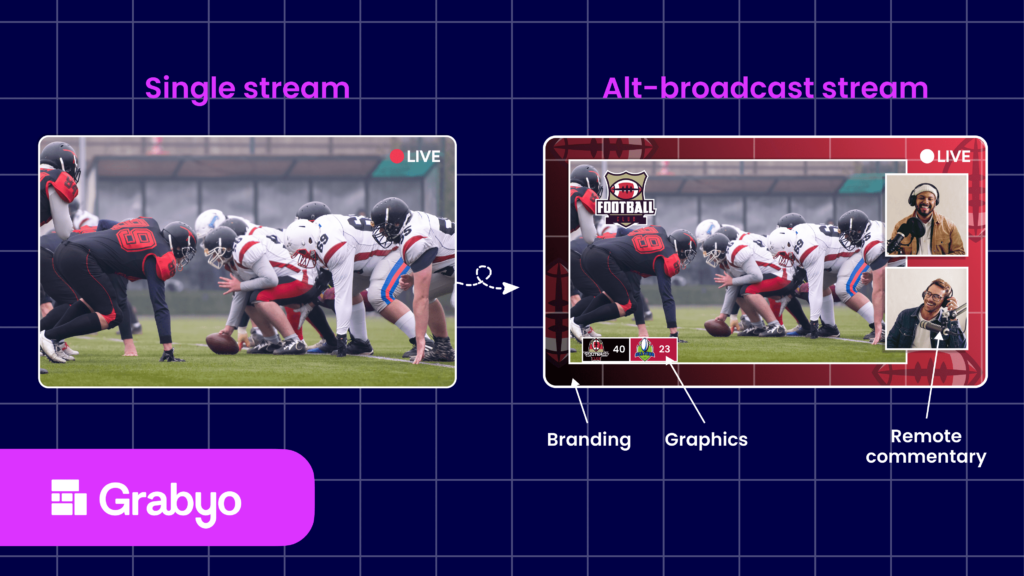
The benefits of alt-casting:
1. Enhanced audience engagement
Alt-casting empowers producers to customize viewing experiences to suit diverse audience preferences. While traditional broadcasts cater to the general viewer, alternate feeds can target specific segments by providing in-depth analysis, player-focused views, or localized content tailored to different markets.
With over 80% of sports fans using a second device while watching live events, alt-casting taps into this trend by offering more interactive and personalized viewing options. This can hold viewers’ attention longer and encourage them to return for future events.
2. New Sponsorship and Revenue Opportunities
Alt-casting opens up new ways to monetize content. Brands can sponsor specific streams to target particular audience segments, such as a stats-focused feed for hardcore fans or an influencer-led stream for casual viewers. The integration of SCTE-35 ad insertion technology enables dynamic ad placements, optimized for downstream monetization on FAST and OTT platforms. This approach ensures ads are relevant and engaging, enhancing their effectiveness.
3. Doing More with Less
The flexibility of alt-casting allows producers to repurpose existing resources while adding layers of content to increase engagement. Using cloud-based remote production tools like Grabyo, even smaller teams can manage alt-casts efficiently, reducing operational costs.
Why alt-casting is a game-changer for creative teams
In an environment where 68% of sports audiences demand more interactivity, alt-casting helps producers not only meet but exceed expectations. It gives creative teams the freedom to deliver highly targeted and customized content that resonates with specific segments of the audience. The results are more engaged fans, improved monetization potential, and greater creative flexibility.
Alt-casting in action: optimizing broadcasts for maximum impact
During peak seasons, production teams face the challenge of delivering fresh, engaging content on tight deadlines, with nearly half of producers feeling pressed for time to create high-quality material. Alt-casting can help manage this workload by enabling producers to broaden their reach and maintain fan engagement with minimal additional effort. Here are some strategies to maximize alt-casting’s impact:
1. Create Hyper-Targeted Fan Feeds
Instead of a one-size-fits-all approach, customize viewing experiences for different audience segments. Hardcore fans may seek in-depth analysis, real-time stats, and player commentary, while casual viewers may prefer lighter content like behind-the-scenes moments. Providing tailored feeds enhances viewer satisfaction and prevents them from turning to competitors.
2. Leverage Influencers to Broaden Reach
Partnering with influencers can help attract younger, digitally-savvy audiences who might not engage with traditional broadcasts. Influencer-driven alt-casts can redefine content and tap into new markets, transforming productions into must-watch events even for non-traditional viewers.
3. Expand Globally with Multilingual Feeds
Alt-casting simplifies offering multilingual streams, allowing you to connect with global audiences without significant additional costs. Broadcasting in different languages enhances your brand’s reach and caters to diverse fan bases, promoting inclusivity and accessibility.
4. Offer Player-Centric Streams for Maximum Immersion
Today’s fans are passionate about individual players. Dedicated alt-casts for key players, featuring unique camera feeds and personalized commentary, foster deeper engagement and fan loyalty. This level of immersion gives viewers a front-row experience and keeps them coming back for more.
Alt-casting is no longer optional – how can you get started?
Alt-casting is no longer optional for organizations that want to maximize their content’s potential. With tools like Grabyo’s cloud-based production suite, setting up alternate broadcasts is straightforward. Here’s how you can get started:
1. Leverage Existing Infrastructure
Repurpose your current video feeds, commentators, and camera setups. Use Grabyo’s live editing tools to create multiple streams in various formats from a single live stream, maximizing reach without expanding your production footprint.
2. Engage Your Audience with Interactive Features
Incorporate real-time polls, fan shoutouts, and interactive chats to make viewers feel like part of the broadcast.
3. Experiment with Different Content Formats
Test various approaches, such as influencer-led commentary or behind-the-scenes footage, to find what resonates most with your audience.
Alt-casting provides an opportunity for creative exploration, fan interaction, and revenue generation. Those who overlook this approach risk falling behind in a rapidly evolving media landscape. Start your alt-casting journey with Grabyo today to elevate your live streaming strategy and unlock the full potential of your content.
Start your alt-casting journey with Grabyo now and see how easy it is to set up your live production studio. Learn more about Grabyo’s cloud production tools.
